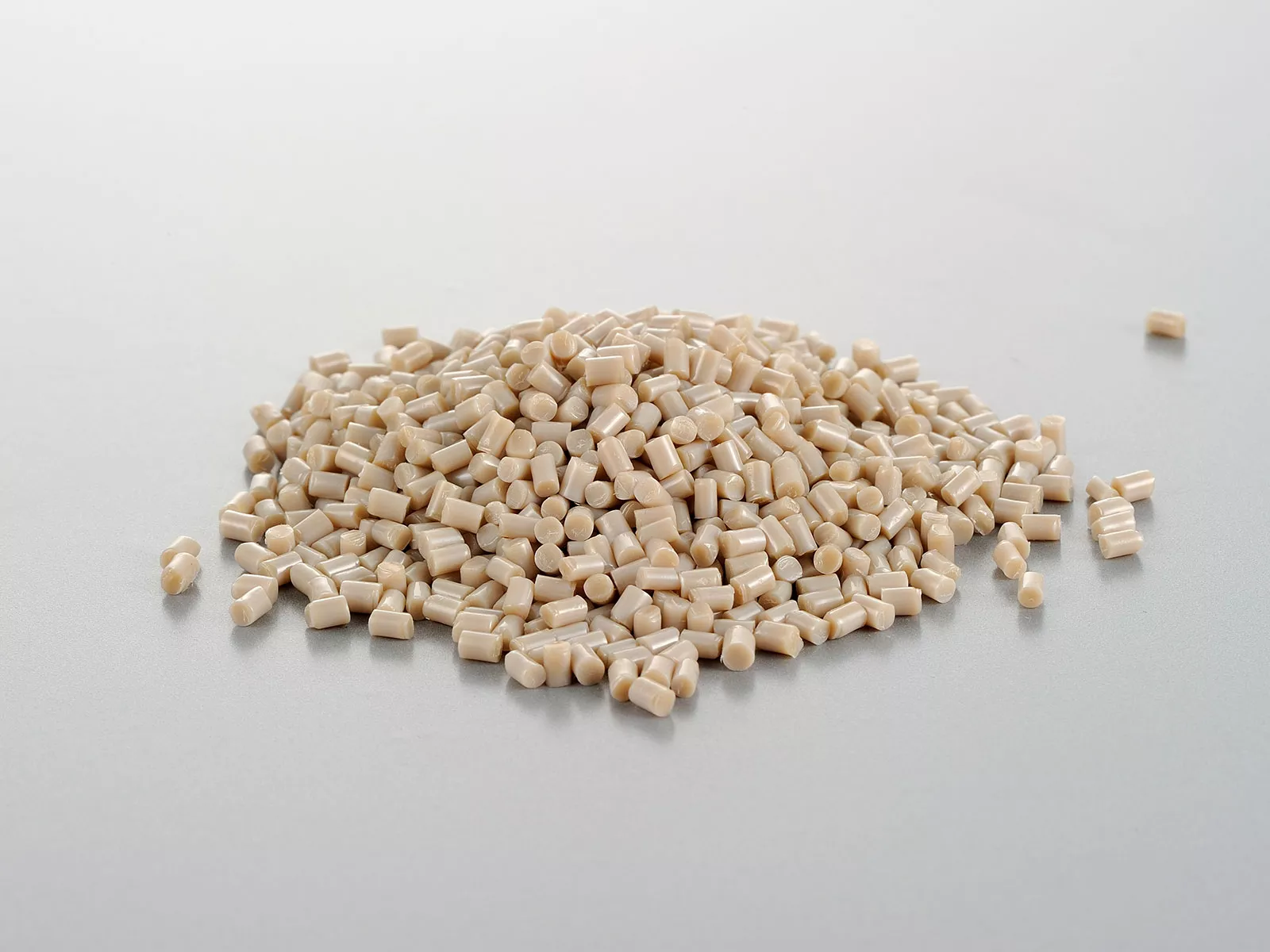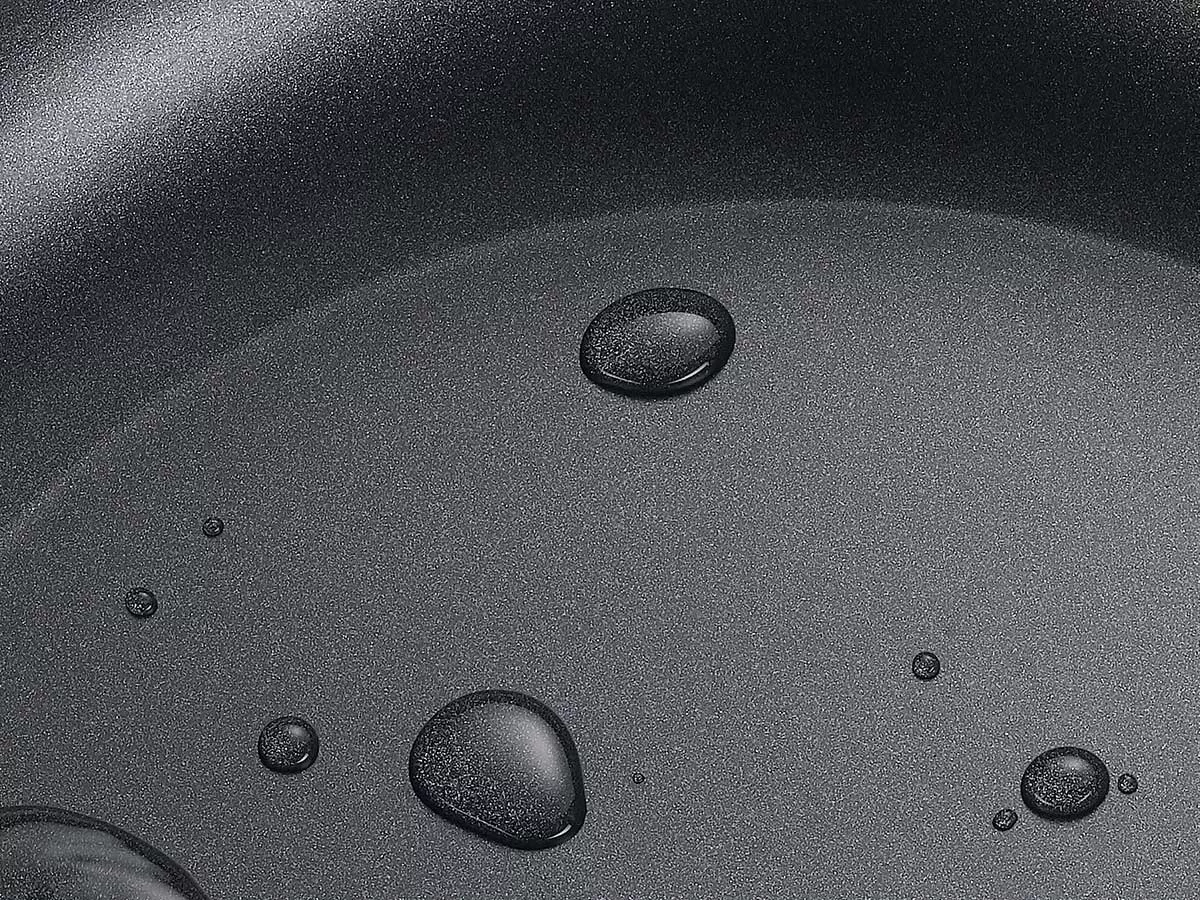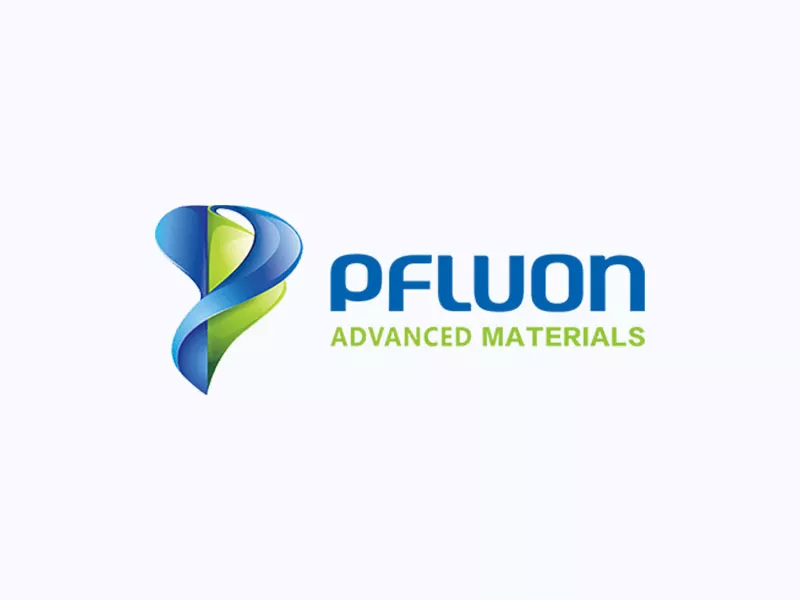When it comes to selecting cookware, one of the most important considerations is the type of coating used. Non-stick and marble coatings are two popular options, each with its unique advantages and disadvantages. This article explores the differences between non-stick and marble coatings, helping you decide which is the better option for your cooking needs.
What is Non-Stick Coating?
Non-stick coating typically refers to a synthetic polymer like PTFE (Polytetrafluoroethylene), commonly known by the brand name Teflon. These coatings are applied to cookware to prevent food from sticking, making cooking and cleaning easier.
Key Properties of Non-Stick Coating:
- Low Friction: Provides a smooth surface that prevents food from sticking, allowing for easy cooking and cleanup.
- Heat Resistance: Can withstand high temperatures, though there are limits (usually up to around 260°C or 500°F).
- Chemical Resistance: Resistant to many chemicals, but certain acidic and alkaline foods can degrade the coating over time.
Common Applications of Non-Stick Coating:
- Frying pans and skillets
- Saucepans
- Baking trays
- Griddles
What is Marble Coating?
Marble coating is a newer type of coating that incorporates marble particles into the coating material. This type of coating aims to combine the benefits of traditional non-stick surfaces with the durability and aesthetic appeal of stone.
Key Properties of Marble Coating:
- Durability: Typically more scratch-resistant and durable than traditional non-stick coatings.
- Aesthetic Appeal: Offers a visually appealing, stone-like finish that can enhance the look of your kitchen.
- Non-Stick Properties: Provides good non-stick performance, often comparable to PTFE coatings.
Common Applications of Marble Coating:
- Frying pans and skillets
- Woks
- Dutch ovens
- Bakeware
Comparing Non-Stick and Marble Coatings
1. Durability
- Non-Stick: Traditional non-stick coatings can be prone to scratching and may degrade over time, especially when used with metal utensils or abrasive cleaning tools.
- Marble Coating: Generally more scratch-resistant and durable, allowing for the use of metal utensils in some cases. However, durability can vary based on the quality of the coating.
2. Cooking Performance
- Non-Stick: Excellent non-stick properties make it easy to cook delicate foods like eggs and fish without sticking.
- Marble Coating: Offers good non-stick performance, but may require a small amount of oil or butter to achieve the best results.
3. Heat Resistance
- Non-Stick: Can typically handle temperatures up to 260°C (500°F). Overheating can cause the coating to release fumes and degrade.
- Marble Coating: Often more heat-resistant, capable of withstanding higher temperatures without degrading. This makes it suitable for a wider range of cooking techniques.
4. Ease of Cleaning
- Non-Stick: Very easy to clean due to its slick surface. However, harsh cleaning tools should be avoided to prevent damage.
- Marble Coating: Also easy to clean and can be more forgiving with cleaning tools. The stone-like surface can help hide minor scratches and wear.
5. Health and Safety
- Non-Stick: There have been concerns about the safety of PTFE coatings, particularly if they are overheated. Most modern non-stick coatings are PFOA-free, addressing many health concerns.
- Marble Coating: Generally considered safe and free from harmful chemicals like PFOA. The natural components in marble coatings can be an attractive option for health-conscious consumers.
6. Aesthetic Appeal
- Non-Stick: Functional but may lack the aesthetic appeal of other coatings.
- Marble Coating: Offers a visually appealing finish that can add a touch of elegance to your cookware collection.
Which one to choose?
Choosing Between Non-Stick and Marble Coatings depends on your specific needs and preferences:
- For Superior Non-Stick Performance: If you prioritize the best possible non-stick performance and ease of cooking delicate foods, non-stick coatings may be the better option.
- For Durability and Aesthetic Appeal: If you want cookware that is durable, scratch-resistant, and visually appealing, marble coating is a great choice.
- For Higher Heat Resistance: If you need cookware that can handle higher temperatures for more versatile cooking techniques, marble coating is likely the better option.
- For Health and Safety Concerns: If you are concerned about potential health risks associated with traditional non-stick coatings, marble coating offers a safer alternative.
Conclusion
Both non-stick and marble coatings have their advantages and are suitable for different cooking needs. Non-stick coatings excel in providing a smooth, easy-to-clean surface perfect for delicate foods. Marble coatings, on the other hand, offer enhanced durability, heat resistance, and aesthetic appeal. Here at Pfluon we can provide OEM service for both types of coatings. We even provide PEEK nonstick coating as well. Contact us if you need non stick coatings!





